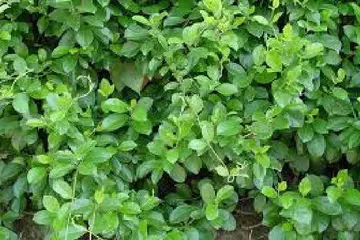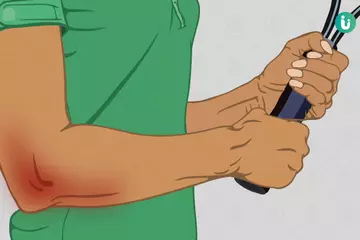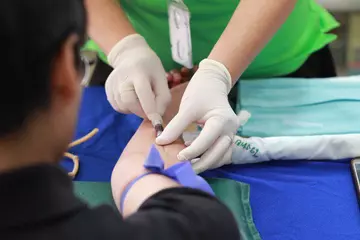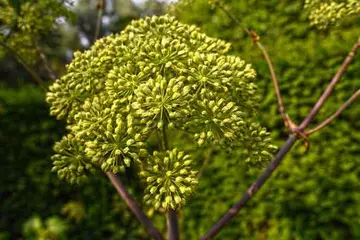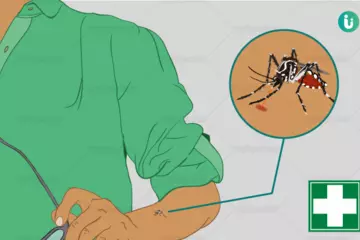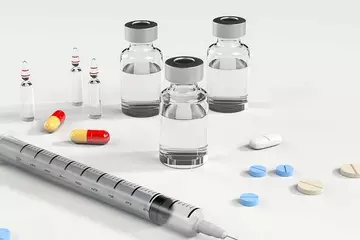What is tinea versicolor?
Tinea versicolor, also known as pityriasis versicolor, is a condition where the fungus Malassezia, which is normally found on the skin surface, grows out of control and affects the skin. In this condition, patches of a lighter or darker shade appear on the skin, commonly on the neck, the chest, the back, and the arms. The condition is harmless but needs medication to control and cure.
What are its main signs and symptoms?
The most definitive and concrete signs of developing tinea versicolor are the appearance of discoloured patches on the skin. These patches are generally of a lighter shade than the skin tone but can also be darker, pinkish, reddish or brown. In some cases, the patches can be dry and scaly resulting in itching. The infection typically occurs over body parts that have a tendency to sweat like the groins, armpit, under the breasts, skin folds like tummy, inner thigh, neck and the back.
What are the main causes?
The main causes of developing tinea versicolor are environmental and biological factors around the habitat of the person. A humid or warm climate resulting in excessive sweating can lead to the development of this condition. Other causes of tinea versicolor are:
- A family history of tinea versicolor.
- Drug abuse which weakens the immune system.
How is it diagnosed and treated?
A physical examination of the affected area can help diagnose the condition; however, rarely, for definitive diagnosis the physician may order for a number of tests:
- Skin scraping and testing for the presence of fungal growth.
- Lab tests for determining a fungal growth like the Wood Lamp’s test.
To curb and cure the condition, the doctor may prescribe anti-fungal pills and personal care products like an anti-fungal lotion and anti-fungal shampoo. Typically these products contain medicines like ketoconazole, permethrin and others. Maintaining personal hygiene like wearing loose-fitting cotton clothes, bathing twice a day using soap and water and keeping the skin dry are important for the rapid cure and to prevent recurrence.

 Doctors for Tinea Versicolor
Doctors for Tinea Versicolor  OTC Medicines for Tinea Versicolor
OTC Medicines for Tinea Versicolor
 Tinea Versicolor articles
Tinea Versicolor articles
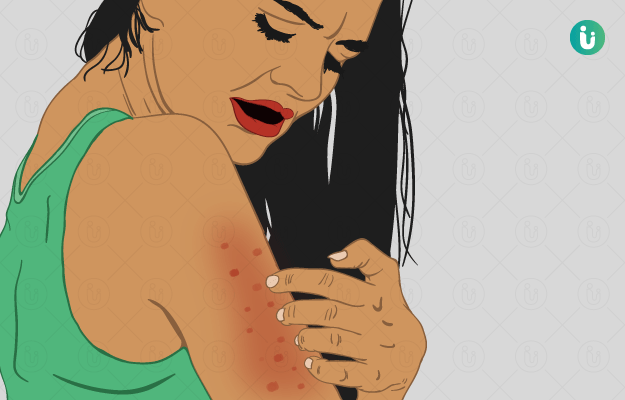
 Home Remedies for Tinea Versicolor
Home Remedies for Tinea Versicolor






 Editorial Team
Editorial Team
